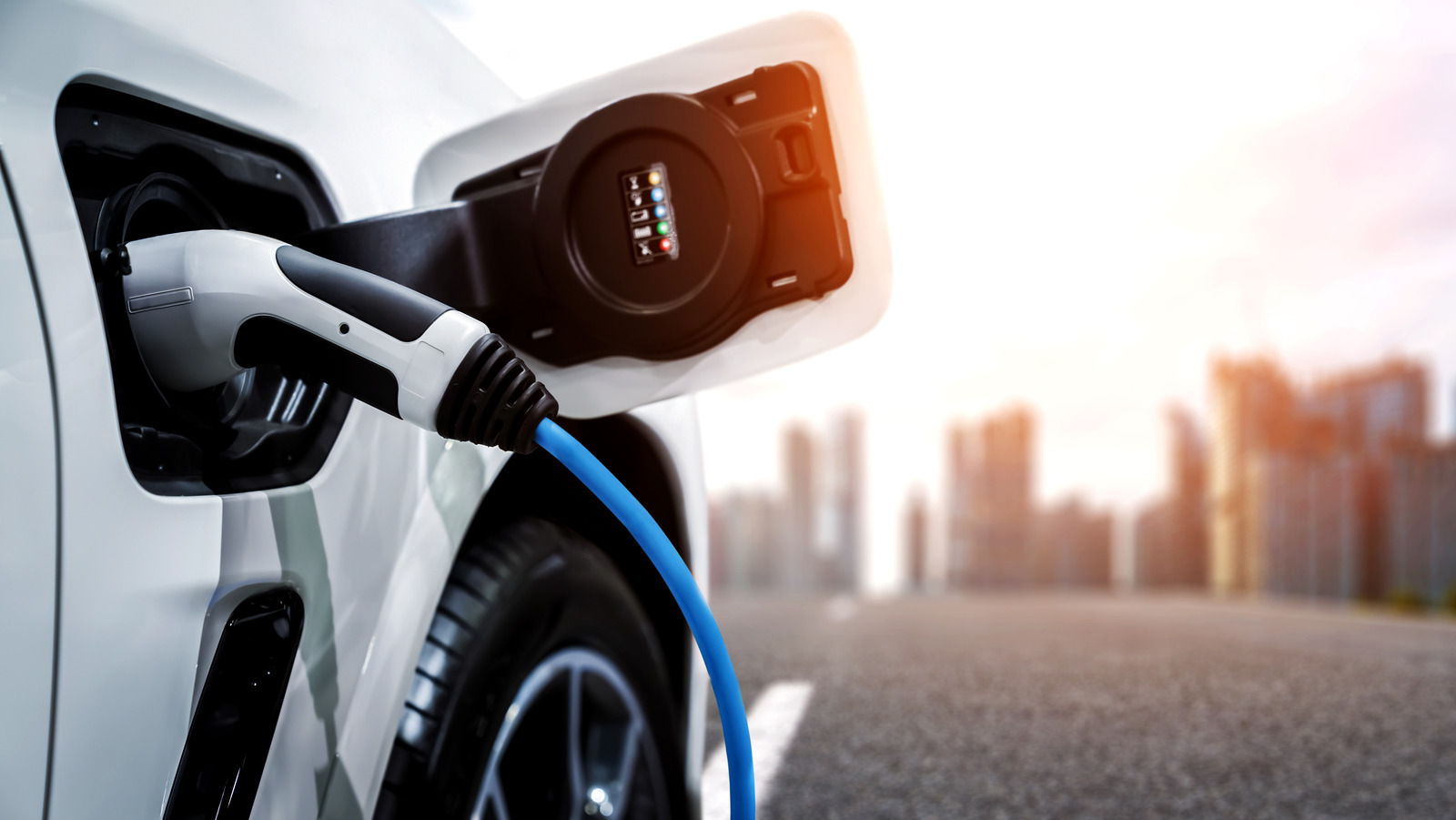
Types of Ev Chargers
With the increasing prevalence of Electric Vehicles (EVs), you may be thinking about trading in your current model and upgrading to a more eco-friendly and energy-efficient vehicle. It’s possible that you already have a vehicle in mind but are not completely sure what charger you have or what these charger types mean. You will need to know this if you want to get the most out of your EV and ensure the battery is fully charged for any outing, whether going to work, running to the shops, or taking a family trip. Here, you will find everything you need to know about EV chargers.
Charging types vs charging levels
Although these terms may seem interchangeable, there is a distinct difference. Charging types refer to the physical plug used to connect your vehicle to the charging station. Charging levels refer to the power level which your vehicle is compatible with. This is separated into three bands (levels 1 to 3).

Charging levels
Understanding the different charging levels for your EV can help you identify the right plug and enable you to charge your vehicle from home or while out and about without any issues. Whether you need to install a charger for the home or are looking for a charger in town, you will benefit from understanding the various charging levels.
Level 1 – Portable EVSE
Level 1 charging levels are better suited for EVs with smaller batteries and you can also use them with petrol hybrid EVs. The portable EVSE is a suitable way to supplement additional charging if you do not have convenient access to a charging port but do not need too much charge to get to and from your destination. In terms of annual distance, these chargers are best for EV owners who drive less than 4000 km.
Level 2 – Wall Chargers
These wall box chargers connect the car to the power source directly. You can find these charging levels in domestic and public environments, and they offer a range of charging speeds to meet your needs. It is much more efficient than level 1 as it operates at a higher voltage level. If you are looking for home charging options, level 2 is recommended by manufacturers, as it provides the reliability and convenience you need for your EV.
Level 3 – DC Fast Chargers
Level 3 chargers require considerably more input. The charging station is more comprehensive and requires more upgrades, making it more expensive to maintain. Every ten minutes of charging gives you 70 km, far beyond what the average EV owner would need. This makes them best for highways and remote locations.
Charging types
Various charging types can help you determine which level suits your vehicle.
Types 1 (J1772) and 2 (IEC 62196) are considered standard depending on the age of the vehicle. They are suitable for various charging ports and are easy to find across the country.
For rapid CD charging, you will need a CHAdeMO or CCS Combo. You will find the former on Japanese electric vehicles, while the latter allows for AC and DC charging and is universally available with VW, Ford, BMW, and Hyundai.
Tesla chargers are the only EV that uses an entirely different plug, so you will need to find a special charging station.

Conclusion
Understanding the types of EV chargers available can help you get the most from your vehicle. When installing a charger on your property, you can call a qualified electrician to help install your EV charging station to ensure your vehicle is ready to go at any time.




